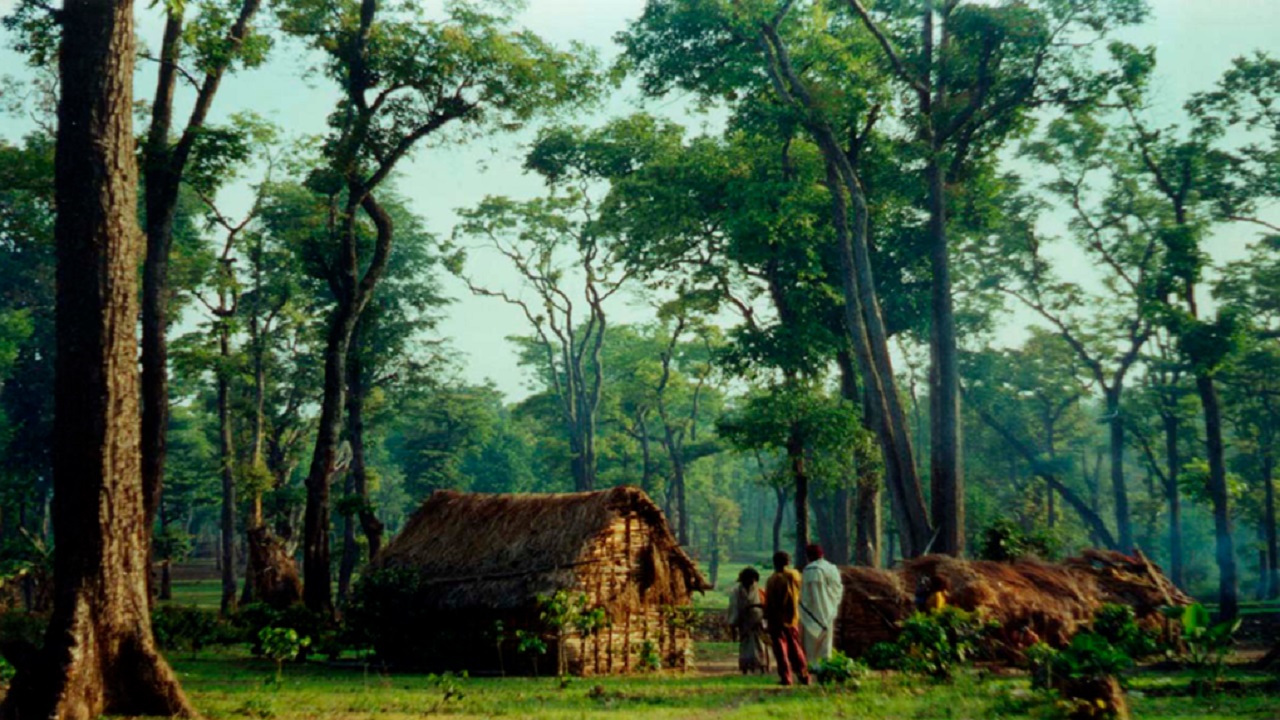Context:
By the end of 2022, India will establish the country’s first Dark Sky Reserve in the cold desert regions of Ladakh, Dr Jitendra Singh, Minister of State (Independent charge) for Science and Technology, announced.
Background:
India is still in the process of filing its nomination to IDSA.The Ladakh Union Territory administration is leading the efforts in establishing the country’s first Dark Sky Reserve.
About Dark Sky Reserve:
- A Dark Sky Reserve is public or private land with a distinguished nocturnal environment and starry nights that has been developed responsibly to prevent light pollution.
- According to the International Dark Sky Association (IDSA), these reserves “consist of a core area meeting minimum criteria for sky quality and natural darkness, and a peripheral area that supports dark sky preservation in the core.”
How does a site become a ‘Dark Sky Reserve’?
- Individuals or groups can nominate a site for certification to the International Dark Sky Association (IDSA). There are five designated categories, namely International Dark Sky parks, communities, reserves, sanctuaries and Urban Night Sky Places.
- Between 2001 and January 2022, there have been 195 sites recognised as International Dark Sky Places globally, the IDSA said.
- The IDSA considers a piece of land suitable for dark sky place only if it is either publicly or privately owned; is accessible to the public partially or entirely during the year; the land is legally protected for scientific, natural, educational, cultural, heritage and/or public enjoyment purposes; the core area of the land provides an exceptional dark sky resource relative to the communities and cities that surround it and the land offers prescribed night sky brightness either for a reserve, park or sanctuary.
Why was Ladakh chosen for the project?
- To be situated at a height of 4,500 metres above sea level, the Hanle Dark Sky Reserve (HDSR) will come up within the Changthang Wildlife Sanctuary.
- Ladakh is a unique cold desert located about 3,000 metres above sea level with high mountainous terrains. Long and harsh winters with minimum temperatures dropping to minus 40 degrees Celcius make large parts of the UT highly inhabitable.
- This aridity, limited vegetation, high elevation and large areas with sparse populations – all make it the perfect setting for long-term astronomical observatories and dark sky places.
- But the primary objective of the proposed Dark Sky Reserve is to promote astronomy tourism in a sustainable and environment-friendly manner. Scientific methods will be used here to preserve the night sky from ever-increasing light pollution.
.jpg)

.jpg)

Comments (0)